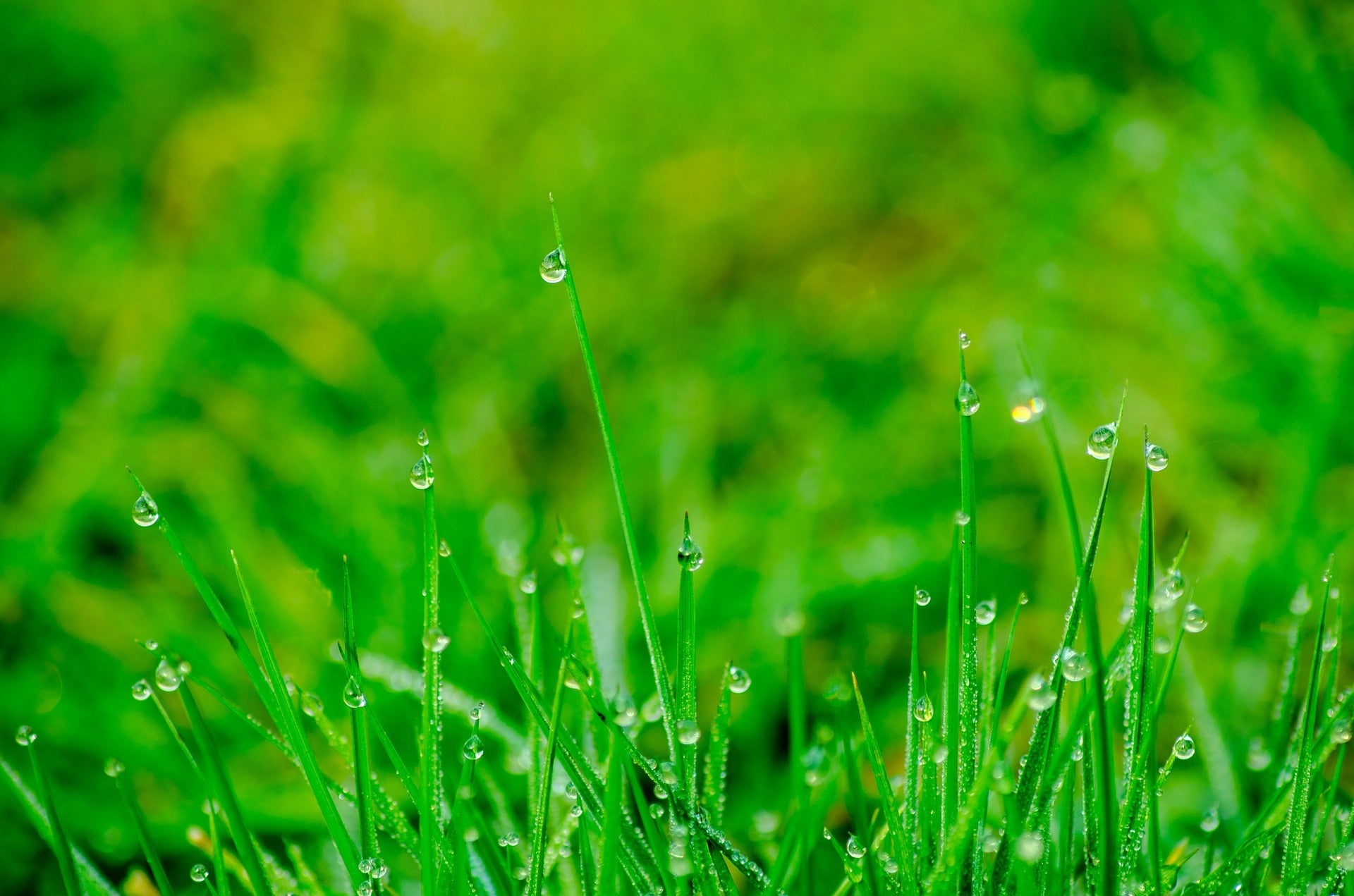Not only do they provide lovely scenery, gardens can be designed to purify our water sources as well. We talk about how to create a more water-friendly garden.
Featured in this Show
-
Wisconsin Gardeners Should Consider Water Saving Gardens, Expert Says
Many might not realize how much rainwater that falls on yards annually, especially in water-rich areas like Wisconsin.
Gardeners living here rarely have to worry about water availability, but that doesn’t mean they shouldn’t consider a water-saving garden, said Pam Penick a garden designer and author.
“Daily watering, even in temperate climates, is wasteful and costly,” she said. “Instead of fussy plants that need regular watering, fill your garden with those that thrive on natural rainfall and need supplemental watering only when it’s abnormally dry.”
She equates natural rainfall with liquid gold, and saving the rain, when it does fall, will keep one’s garden growing when water is scarce.
And plants prefer rainwater over treated tap water, which can cause harmful mineral buildup in the soil, said Penick.
From a broader environmental viewpoint, holding rainwater helps keep pollutants out of the water supply.
“Plant roots are amazing at filtering out pollutants and that’s one of the huge advantages of keeping rain water on your property and out of storm drains,” she said.
The traditional landscaping goal of moving water swiftly away from the house and into storm drains is outdated, Penick said.
“It’s not an environmentally smart choice, and it’s costly in terms of potential savings,” she said.
The better alternative is to store up rainwater for dry days or slow it down to give it time to filter into the soil. She added that there are a number of ways to do this:
- Rain barrels and cisterns — this can be as simple as putting a barrel under a down sport, or as complicated as underground cisterns that can hold thousands of gallons of water.
- Rain gardens — essentially a bowl-like depression planted with plants that don’t mind occasional flooding. A well-positioned rain garden collects runoff from downspouts, driveways and other water shedding surfaces.
- Curb-cut gardens — these are rain gardens that are designed to collect water from the street. It’s simply the removal of a small section of curbing between the yard and the street. It, of course, needs city approval.
- Earth-sculpting — grading the soil into berms, swales or terraces to help hold water as it falls.
- Shade structures and windbreaks — blocking the sun and wind can help to keep water from evaporating.
Episode Credits
- Larry Meiller Host
- Lexy Brodt Producer
- Pam Penick Guest
Wisconsin Public Radio, © Copyright 2024, Board of Regents of the University of Wisconsin System and Wisconsin Educational Communications Board.

